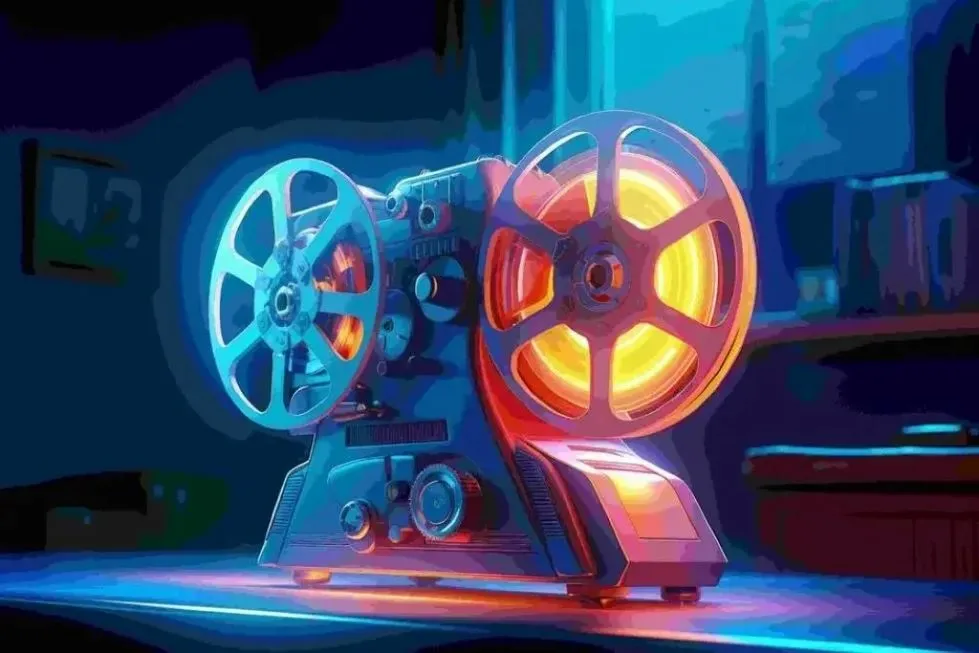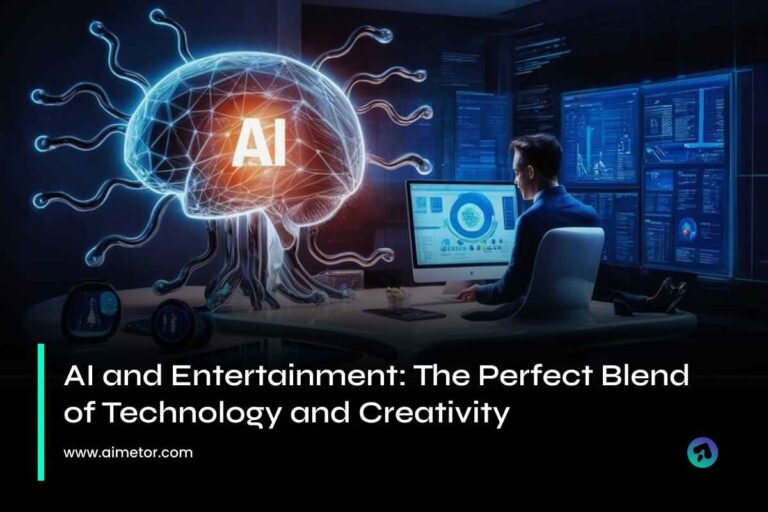Lights, Camera, AI: How Technology is Shaping Cinema
AI in Filmmaking: Enhancing Creativity, Efficiency, and Viewer Experience
AI is shaking things up in the film industry by changing the ways stories are crafted, shot, and edited. From screenwriting to special effects, AI is a big help for directors, editors, and VFX artists to create incredible movies. It’s not about making films faster or cheaper, AI is opening up new ways to bring characters to life that were hard to imagine. Let’s take a look at how AI is changing each stage of filmmaking and what it means for the future of visual storytelling.
Starting with a Better Script: AI in Pre-Production
Every movie starts with a story. But before it even gets to the cameras, AI tools are stepping in to make sure the script and pre-production work are on point.
- Smart Script Analysis:
AI tools can help to analyze scripts, helping writers and producers to understand which parts of a story work best and which might need some changes. By comparing scripts, these tools can help in predicting audience reactions or potential flaws. This means filmmakers can catch problems early on and focus on making the story stronger. - Pre-Visualization Tools:
AI can also assist with pre-visualization, which is like a rough draft of the visuals. Directors can sketch out scenes digitally, using AI-powered tools that let them test camera angles to shoot, lighting, and even special effects before starting the shooting. These tools make it easier for filmmakers to plan, so they can save resources during the actual filming.
Bringing Characters to Life: CGI and Digital Doubles
CGI (computer-generated imagery) has been a huge part of movies for years, but with AI, it’s reaching new levels of realism. From facial expressions to character movements, AI is making digital characters more lifelike and complex.
- Improved Motion Capture:
Motion capture has been around for a while now, helping actors’ movements translate to CGI characters. Now, with AI-powered facial capture helps to capture every detail of an actor’s expression, making animated characters look more human. In movies like Avatarand The Lion King, AI helped to make the facial movements feel more real, connecting audiences with digital characters on a deeper level. - Digital Doubles and Deepfake Technology:
Digital doubles are basically digital replicas of actors. AI is used to create these digital versions, so actors don’t have to risk performing dangerous stunts themselves. And with deepfake technology, AI can even make actors look younger or recreate deceased actors, adding a new twist to casting. Although it comes with some ethical questions, it’s changing the game in terms of how stories can be told with both living and deceased actors.
Elevating Visual Effects: Making CGI and VFX Smoother
Visual effects are very handy in films that require expansive worlds or epic battles. AI is pushing the boundaries of visual effects, making it easier to create realistic and detailed scenes.
- Real-time Rendering:
Rendering, creating the final version of CGI effects has traditionally taken a lot of time. But with AI-driven rendering, effects can be previewed almost instantly. This gives filmmakers a chance to see near-final versions of effects on set, helping them make quick decisions and adjust as needed. - Removing Objects and Refining Scenes:
AI can automatically remove unwanted objects in scenes, like equipment that might accidentally show up. Instead of fixing this manually, editors can use AI to do it quickly, leaving more time for creative work in post-production. It also helps to smooth out small inconsistencies to make scenes better. - Adding Unique Styles to Scenes:
Style transfer, another AI-driven technology, allows filmmakers to apply specific looks to scenes. They can change color grading, add textures, or give scenes an entirely different mood. For example, a scene could be transformed to look like an old noir film or a futuristic landscape, all without reshooting.
Making Post-Production Easier: AI in Color Grading and Editing
AI plays a significant role in editing, where the final look of a film is created. AI tools are making it more efficient and helping editors to focus on other creative decisions.
- Automated Color and Lighting Adjustment:
AI tools can adjust colors and lighting to provide with a consistent look across scenes. Automated color correction is a huge time-saver for editors, as it quickly creates a solid baseline for them to work from. This way, they can focus on the fine details that make each shot unique. - Scene Matching and Continuity:
Continuity is key to create a realistic film. AI tools can help to match scenes to be visually compatible. By spotting continuity errors, these tools ensure that everything in the movie stays consistent along with improving its flow.
Streamlining Editing: Faster Scene Assembly with AI
Editing can be a complex and time taking process. But AI is speeding it up by helping with some of the more repetitive parts, like sorting footage and assembling scenes.
- Tagging and Organizing Footage:
With AI, raw footage can be automatically tagged and sorted, making it easier for editors to find specific scenes. This is especially helpful in large productions, where there might be hundreds or thousands of hours of footage to go through. AI helps editors organize everything so they can jump right into the creative work. - Adjusting Scene Timing:
AI allows to alter the timing of film scenes, creating effective effects like slow-motion without any special equipment. This lets editors experiment with pace to create the perfect rhythm for the films.
Personalized Trailers and Engagement
AI is also reshaping marketing activities in films. AI helps to create trailers for the audiences, with the help of the data from streaming platforms.
- Audience-Specific Trailers:
AI analyzes viewers’ data to create trailers for different audience groups. It can help highlight scenes that are likely to resonate with certain demographics. - Personalized Content for Unique Viewing Experiences:
In the future, AI might even make it possible for viewers to watch movies with customized scenes or alternate endings. This kind of personalized content could give each viewer a slightly different experience, adding a whole new level of engagement.
Building Backgrounds and Simulating Crowds
Some movies require huge crowds or complex environments, but creating these can be expensive and challenging. AI offers practical solutions for generating realistic backgrounds and crowd scenes.
- Simulating Crowds with AI:
AI-driven crowd simulation can create hundreds or even thousands of digital characters, each with unique looks and movements. Instead of hiring extras, filmmakers can rely on AI to fill a stadium or city street with lifelike characters, making big scenes more cost-effective. - Generating Backgrounds:
AI can also help design backgrounds, creating everything from sci-fi cityscapes to natural landscapes. This is useful for film genres with elaboration of world-building, like fantasy or sci-fi.
Ethics and Challenges in AI-driven Filmmaking
AI offers many benefits, but it also comes with some challenges. Deepfake technology, for example, raises questions about consent, especially when recreating actors without their approval. Similarly, there are questions about who “owns” the creative output when AI is involved. These are issues the industry will need to address as AI becomes more widespread.
Remarks:
AI is very handy to transform movies, making it more creative, efficient, and flexible. From helping with script writing and visual effects to editing, and creating trailers, AI is helpful in making movies much better. As this technology is evolving, it guarantees to make more engaging movies, opening new doors for both film makers and audiences.
The future of films is looking brighter, and innovative, with AI’s increasing role in the industry, it will be fascinating to see what new stories and worlds filmmakers can create with its help.





3 Comments